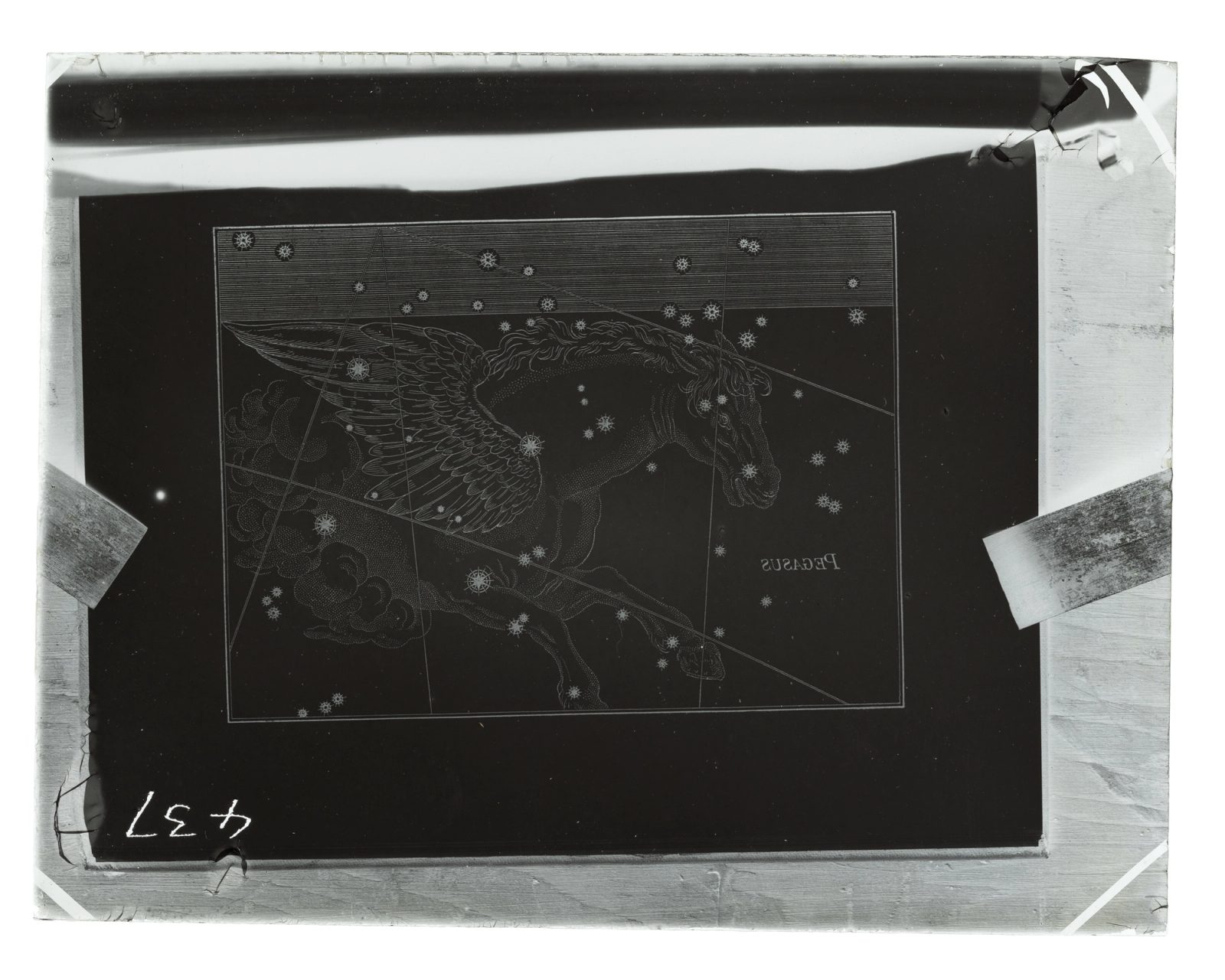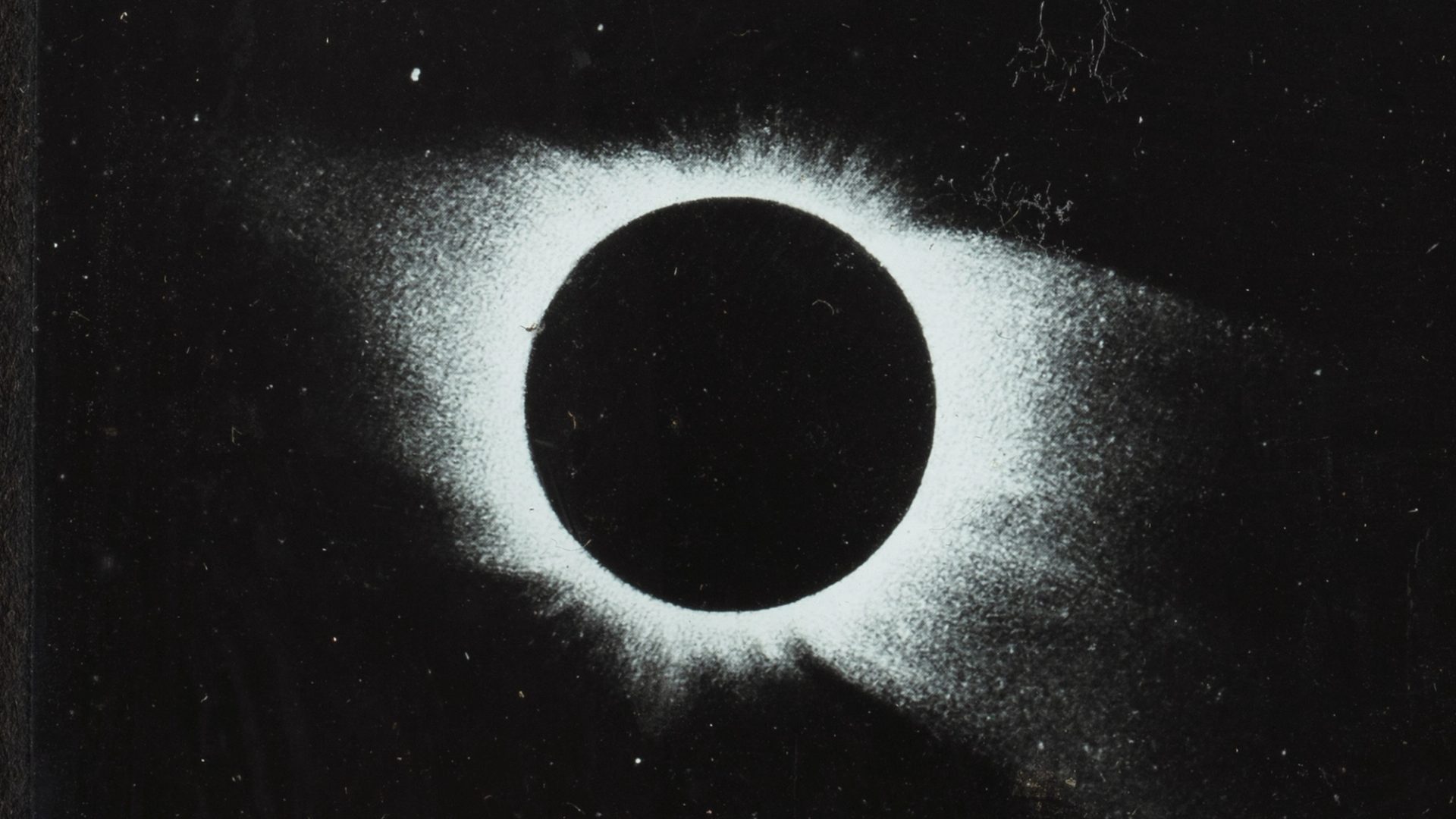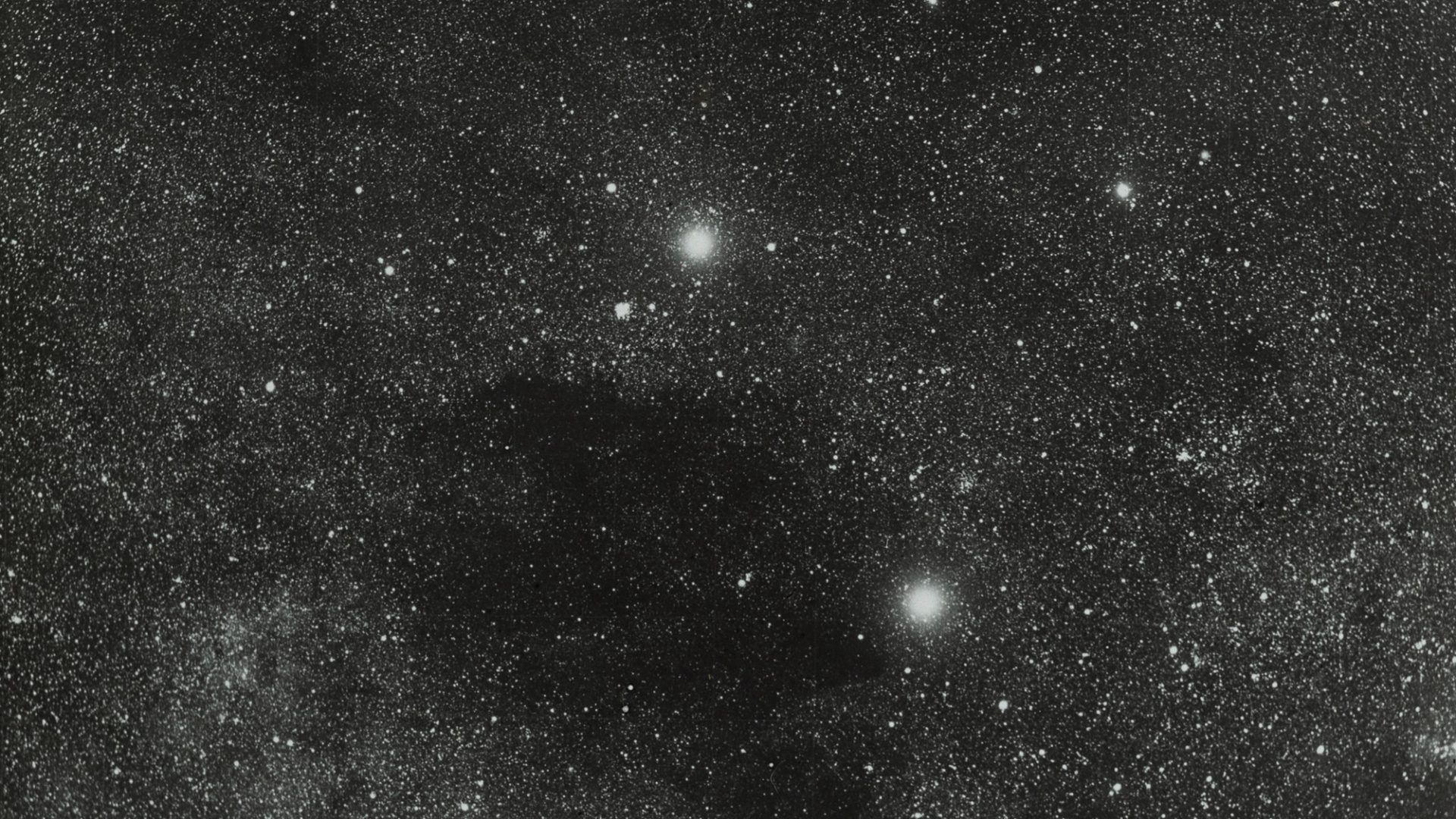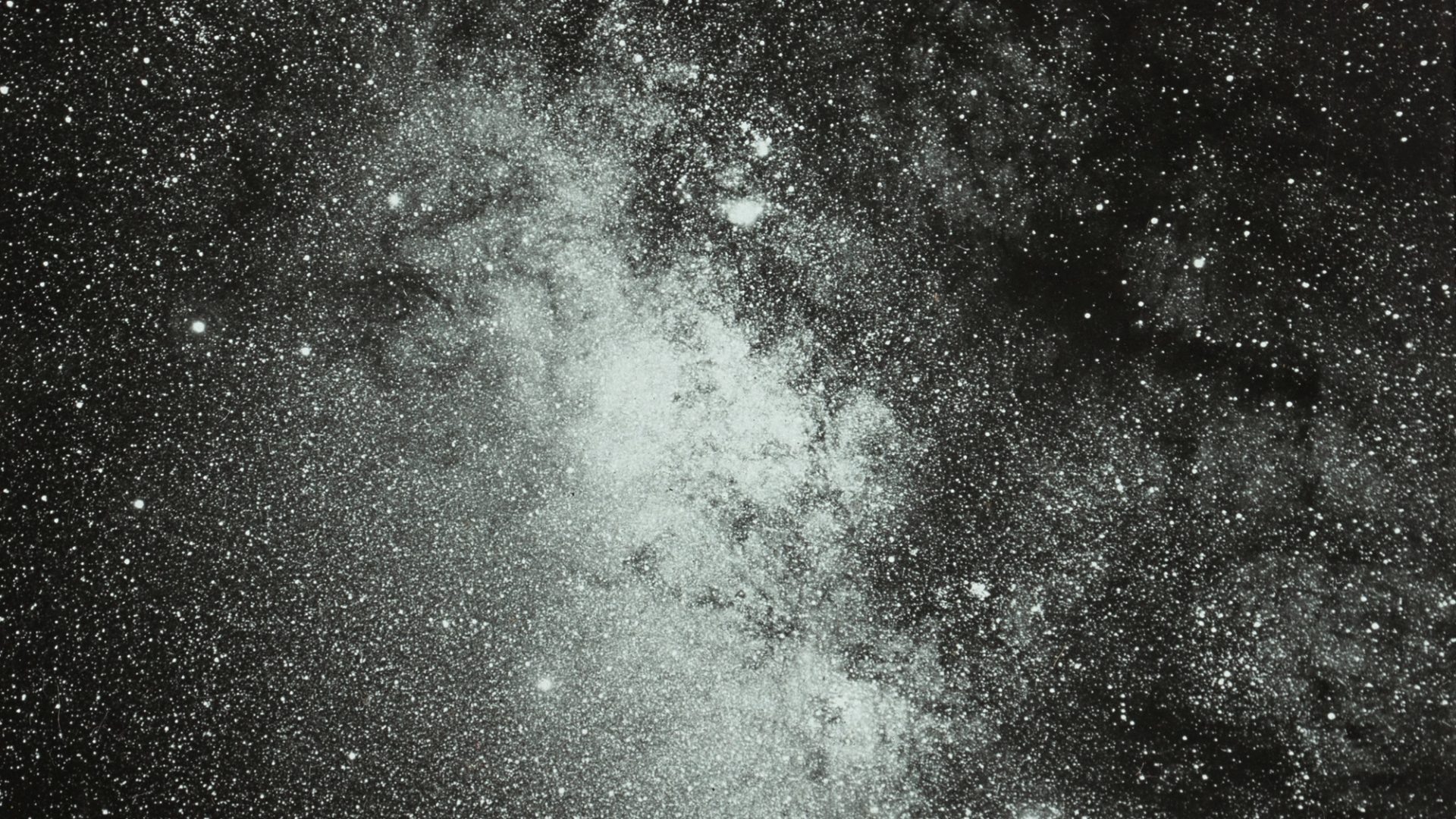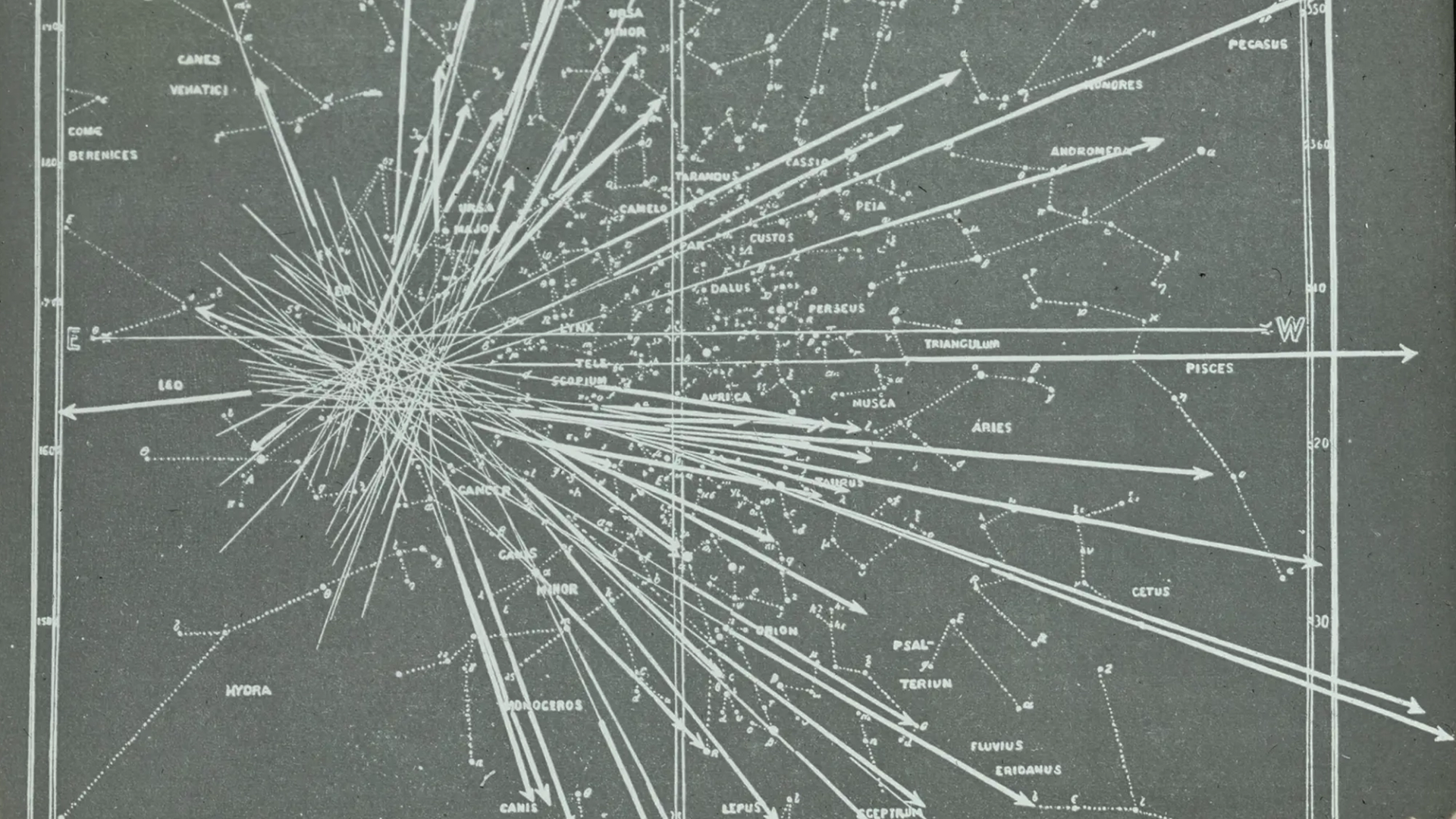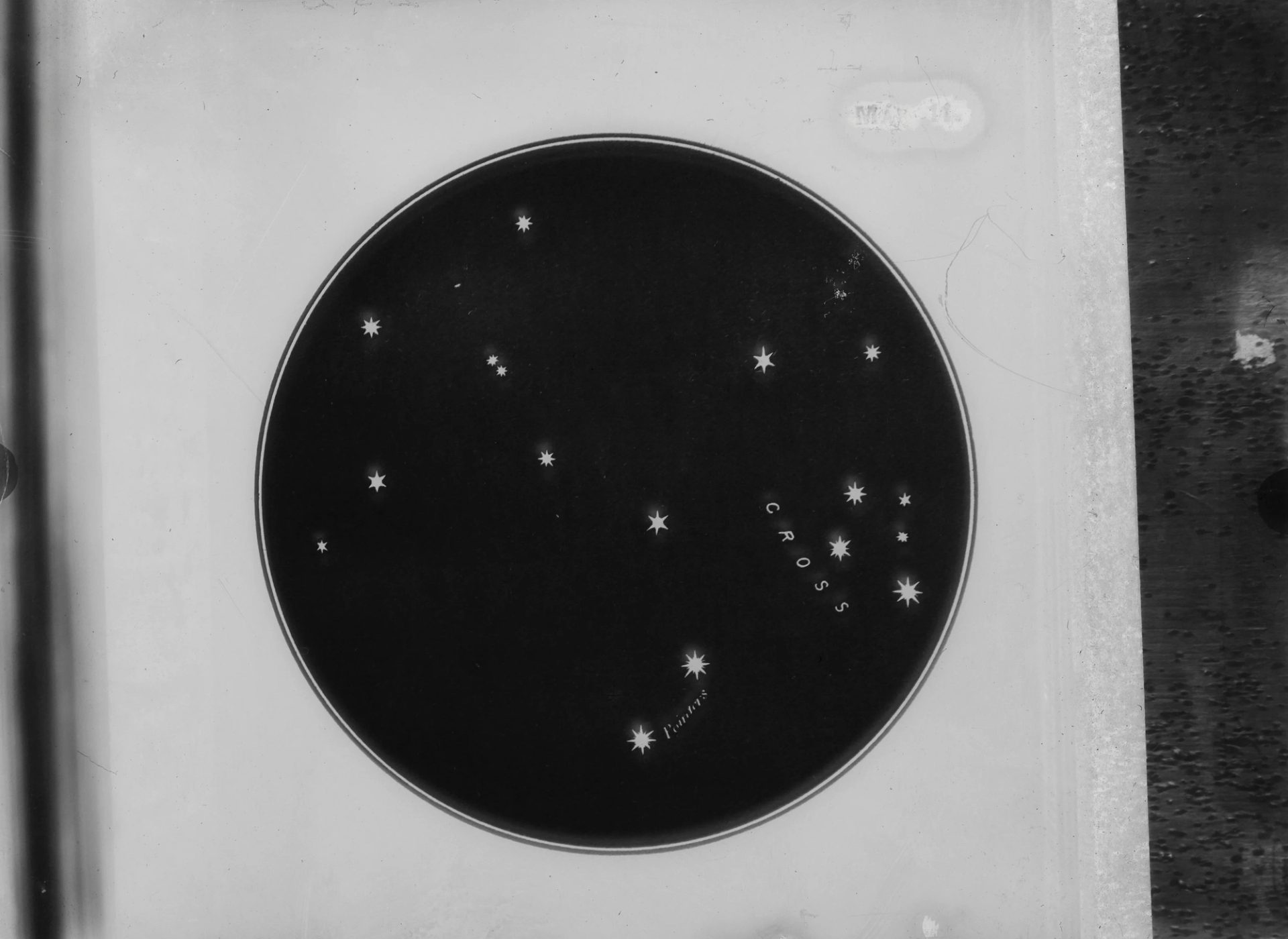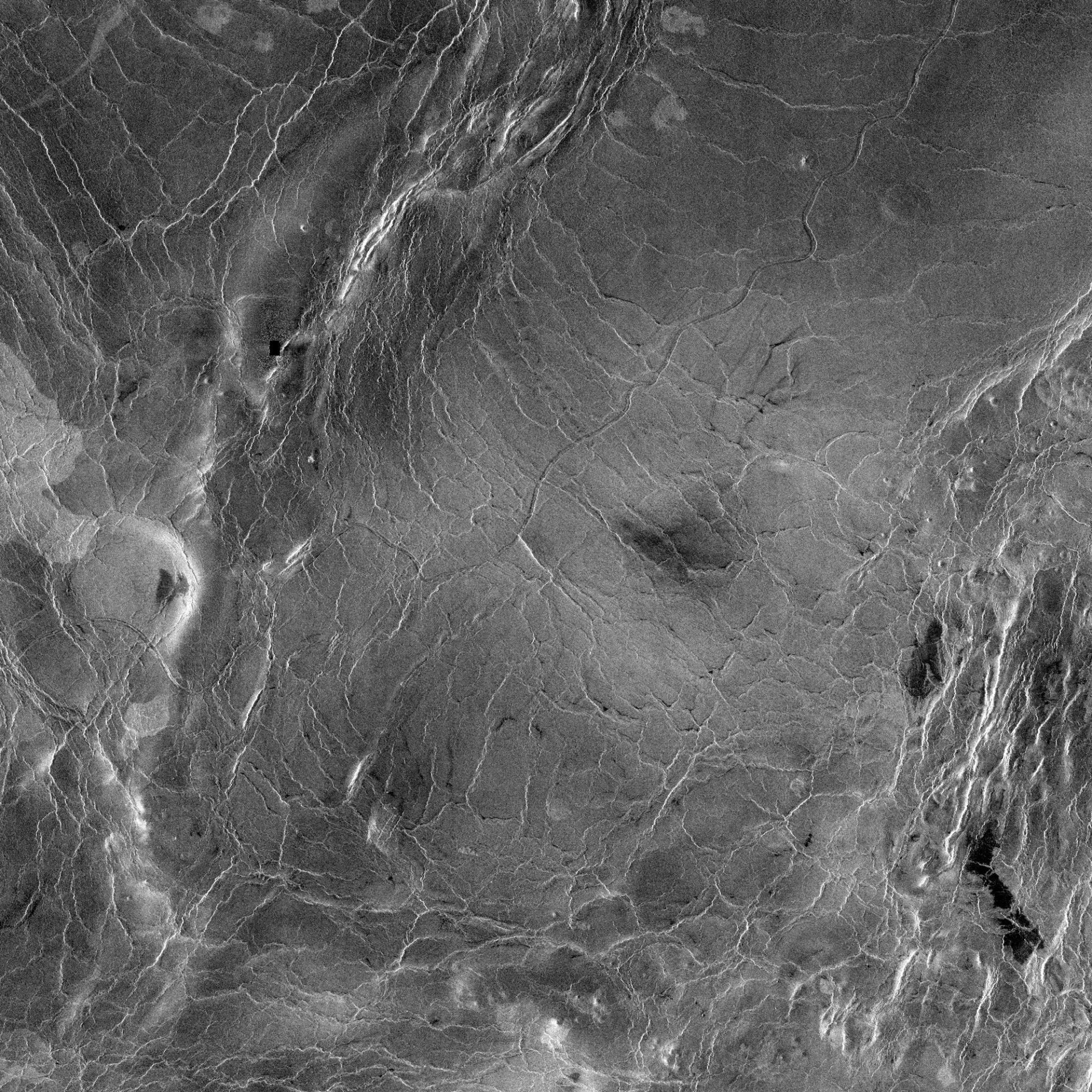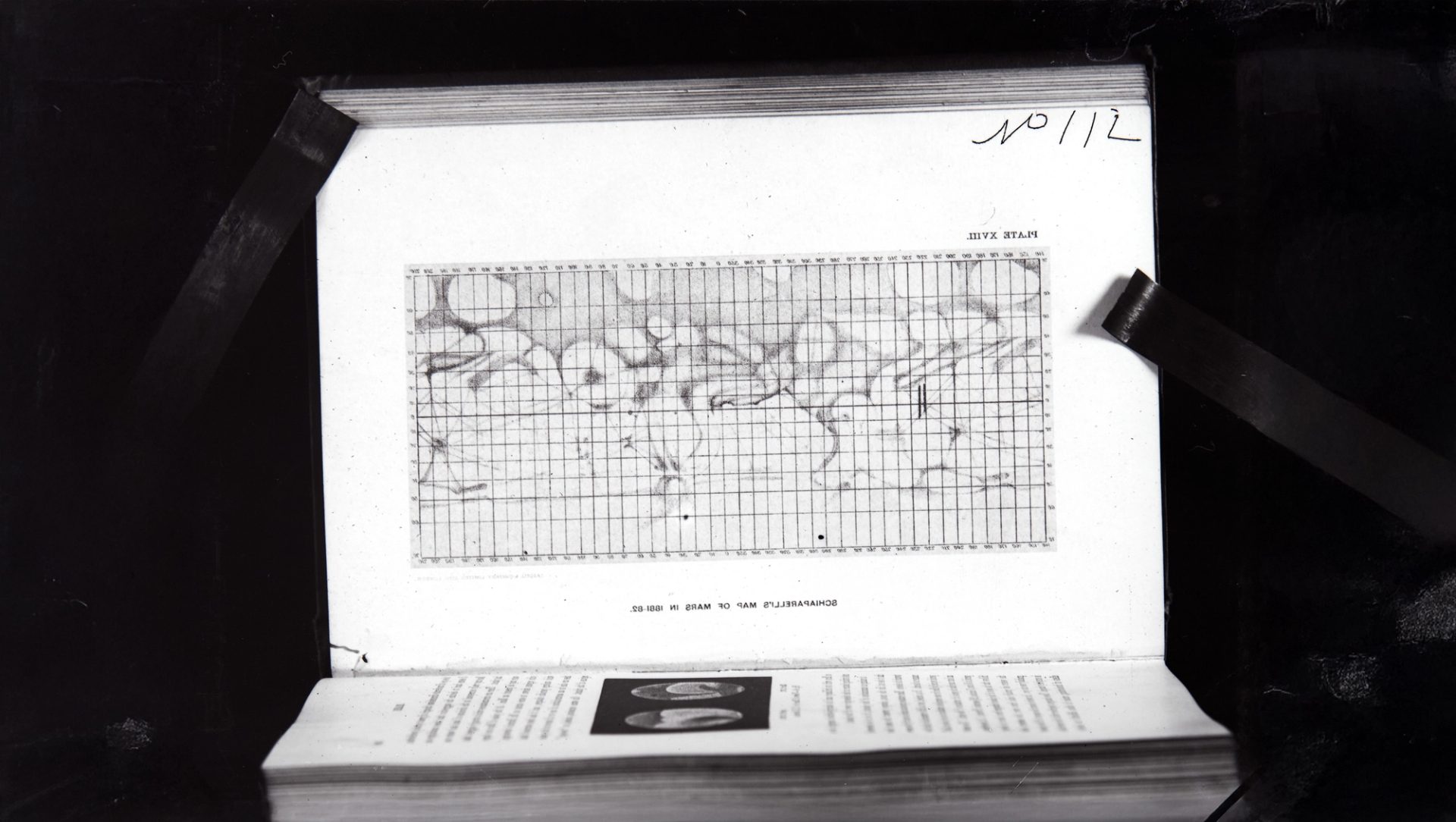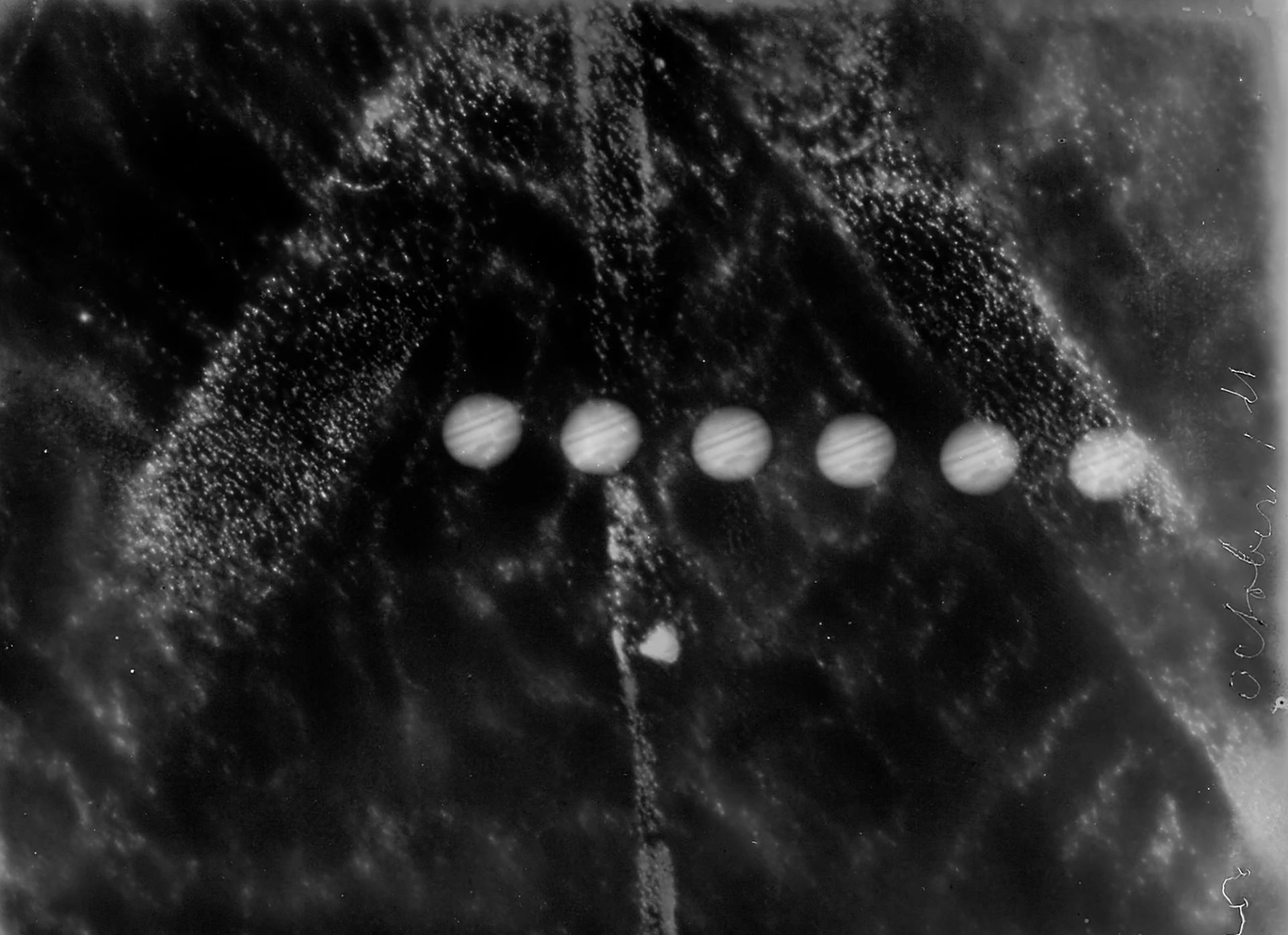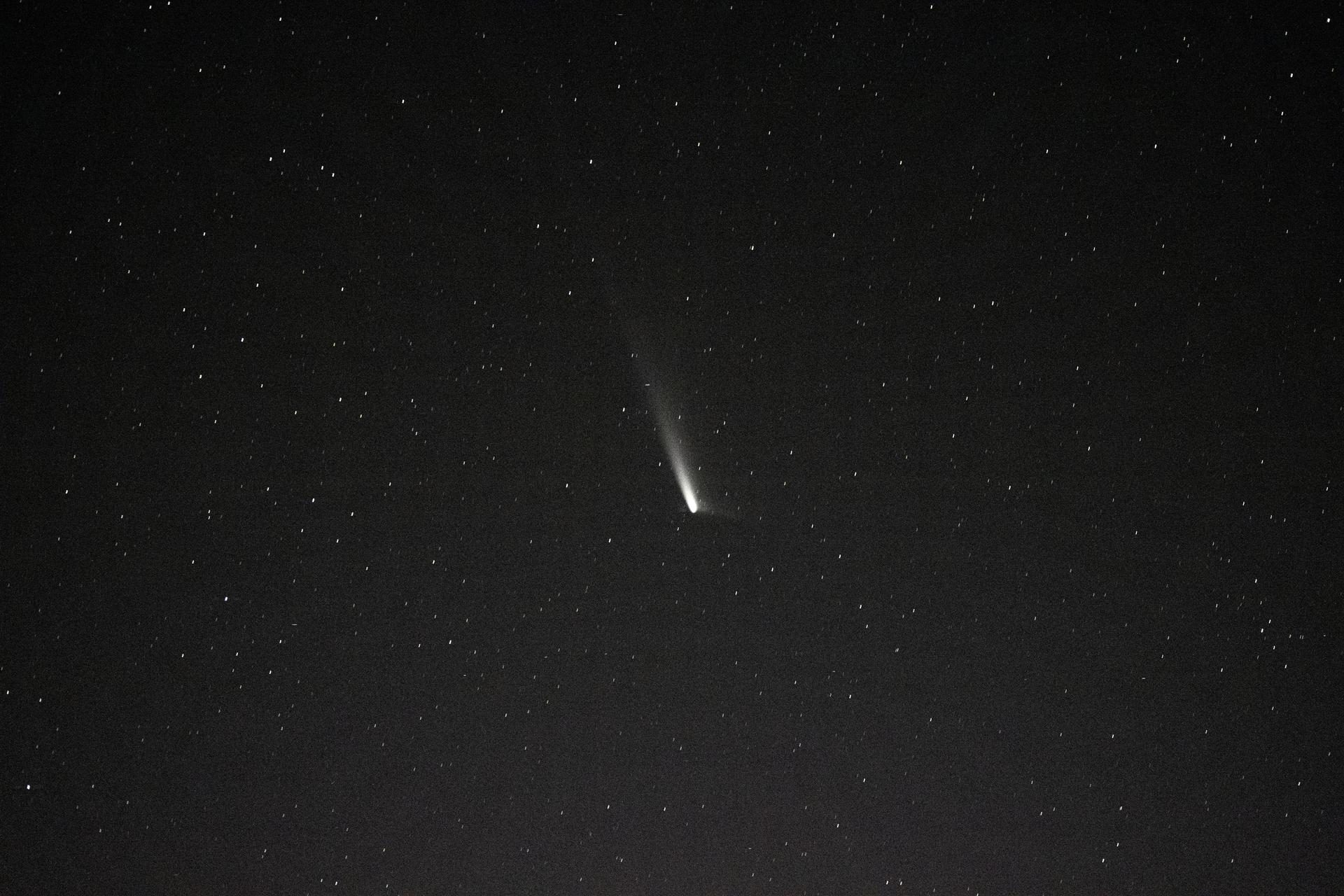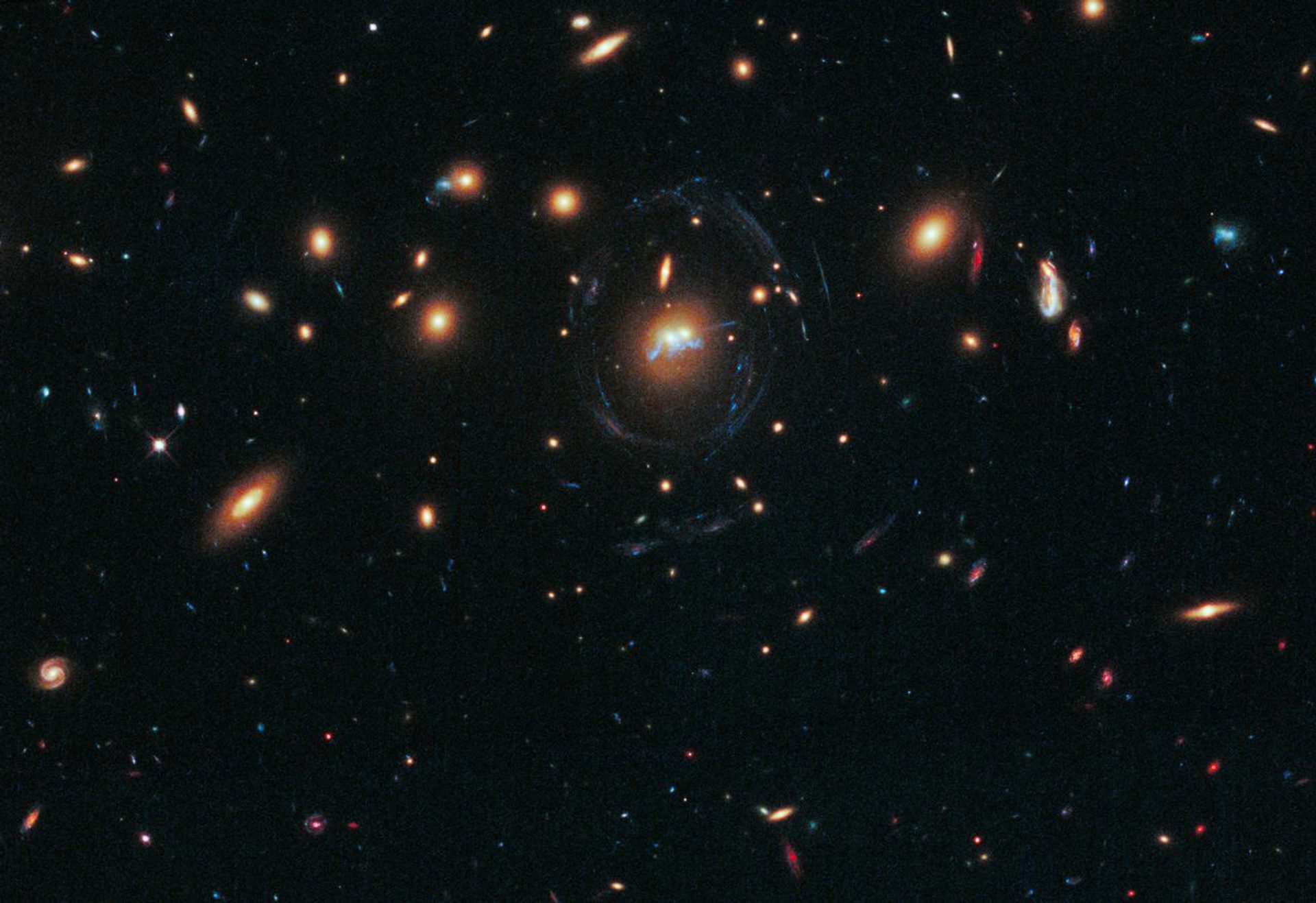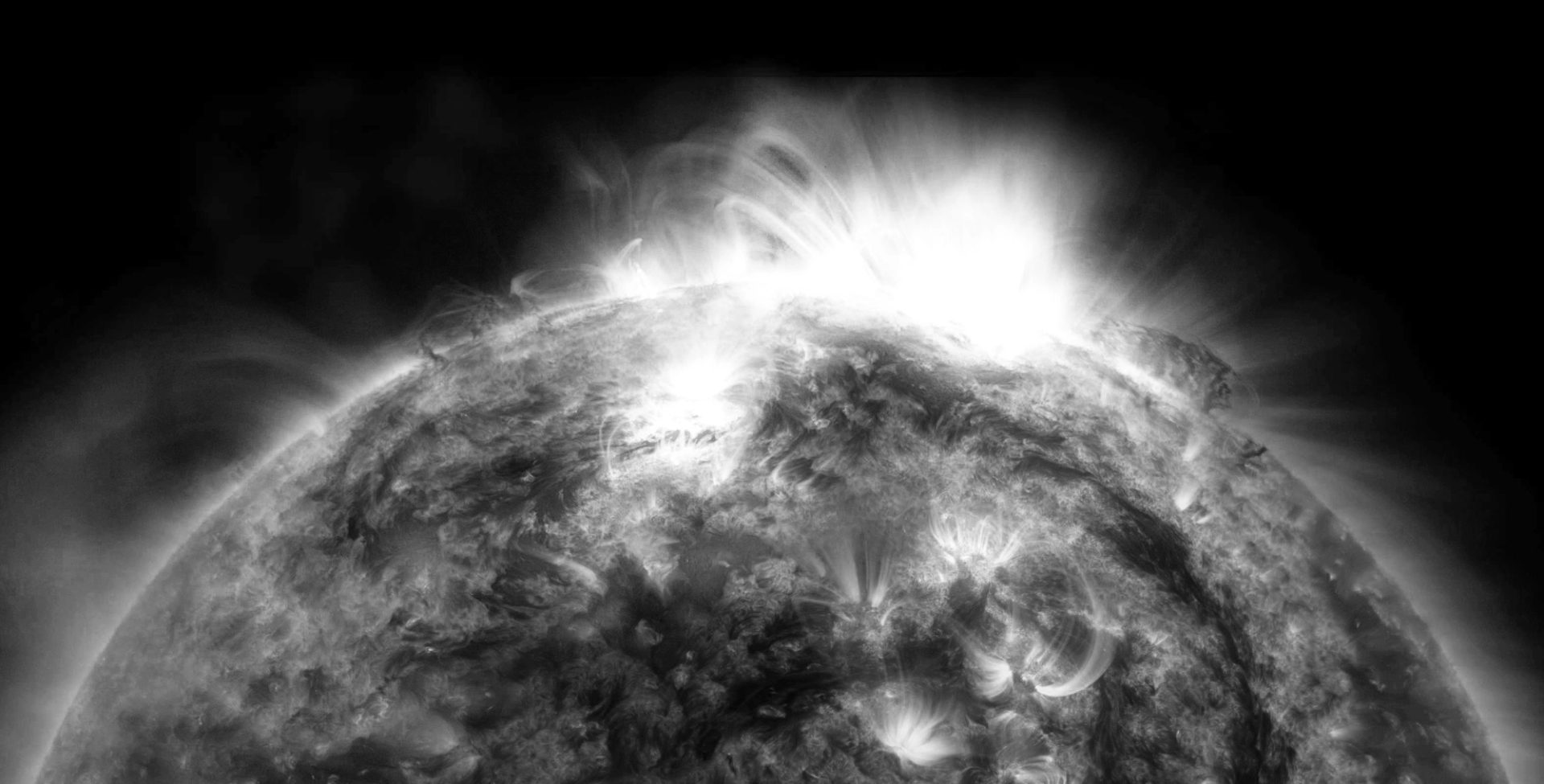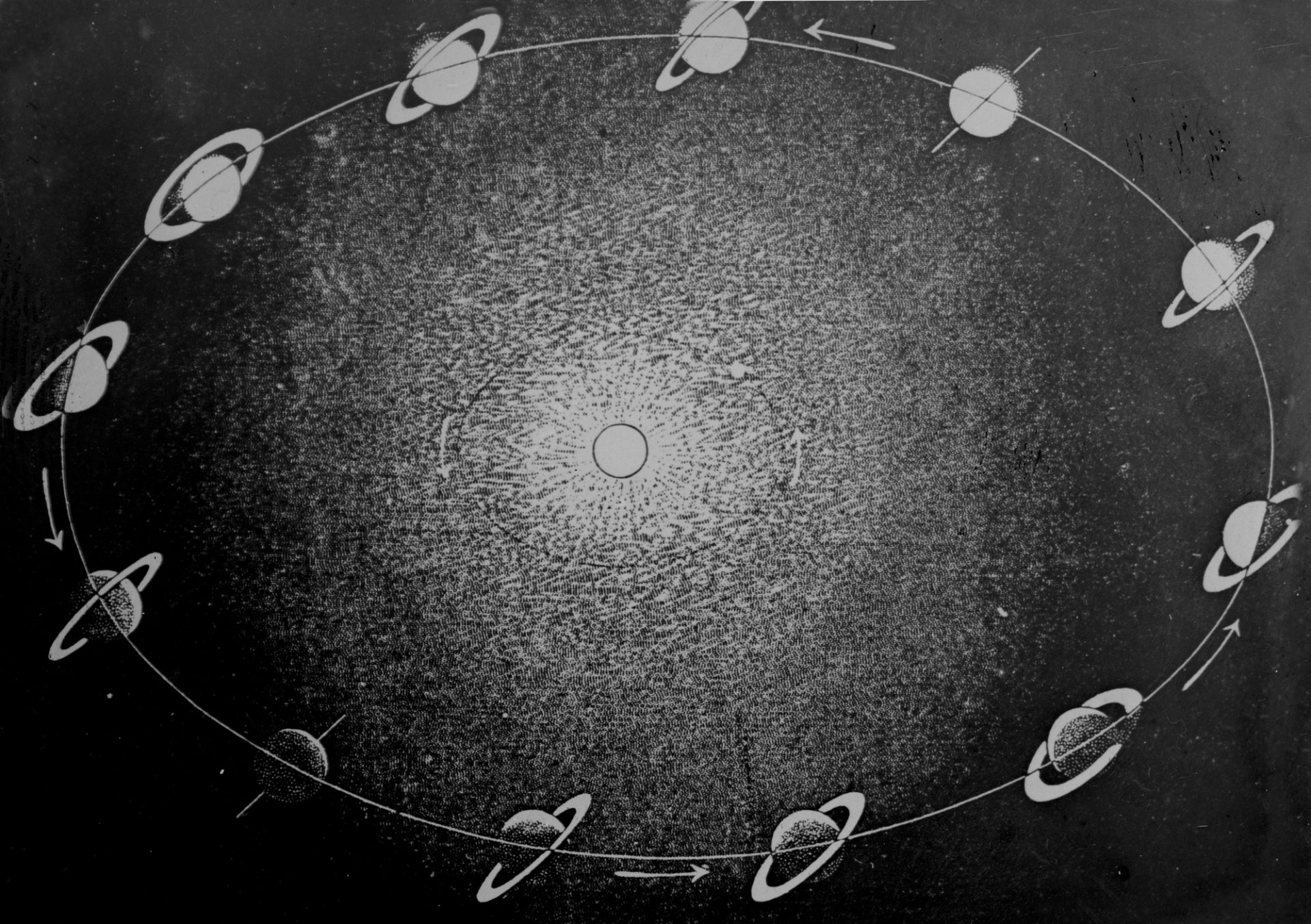Sky Guide November 2025

‘November brings excellent planet viewing. Jupiter makes appearances in both the evening and morning sky, joined by Saturn and Mercury in the evenings and Venus in the mornings. Meanwhile there are some excellent deep-sky objects visible with the naked eye and several more viewable through a telescope or binoculars.’
Moon Phases
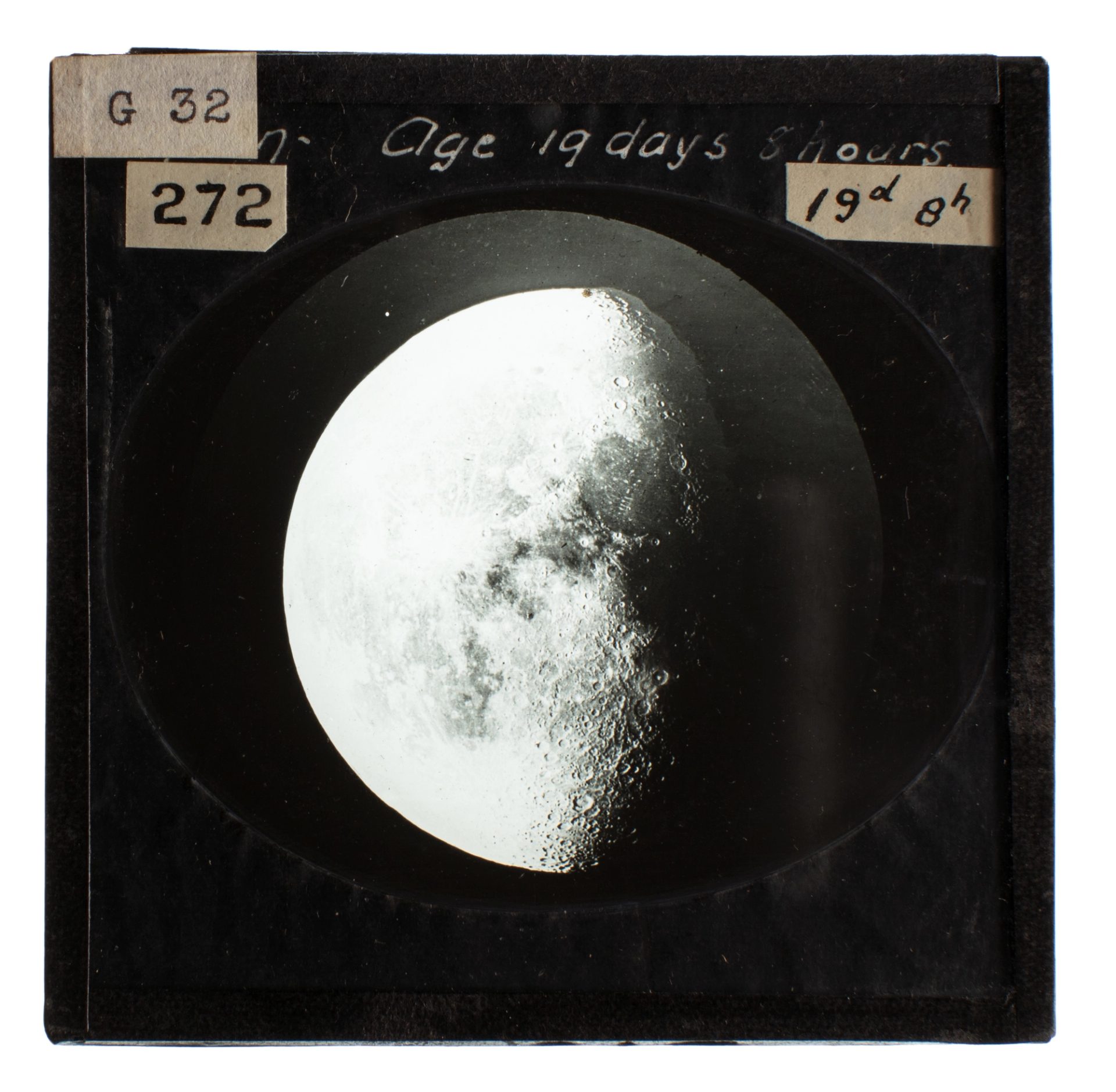
Full Moon – Thursday 6 November 12:19 am AEST
Last quarter – Wednesday 12 November 4:28 pm AEST
New Moon – Thursday 20 November 5:47 pm AEST
First quarter – Friday 28 November 5:59 pm AEST
Planets
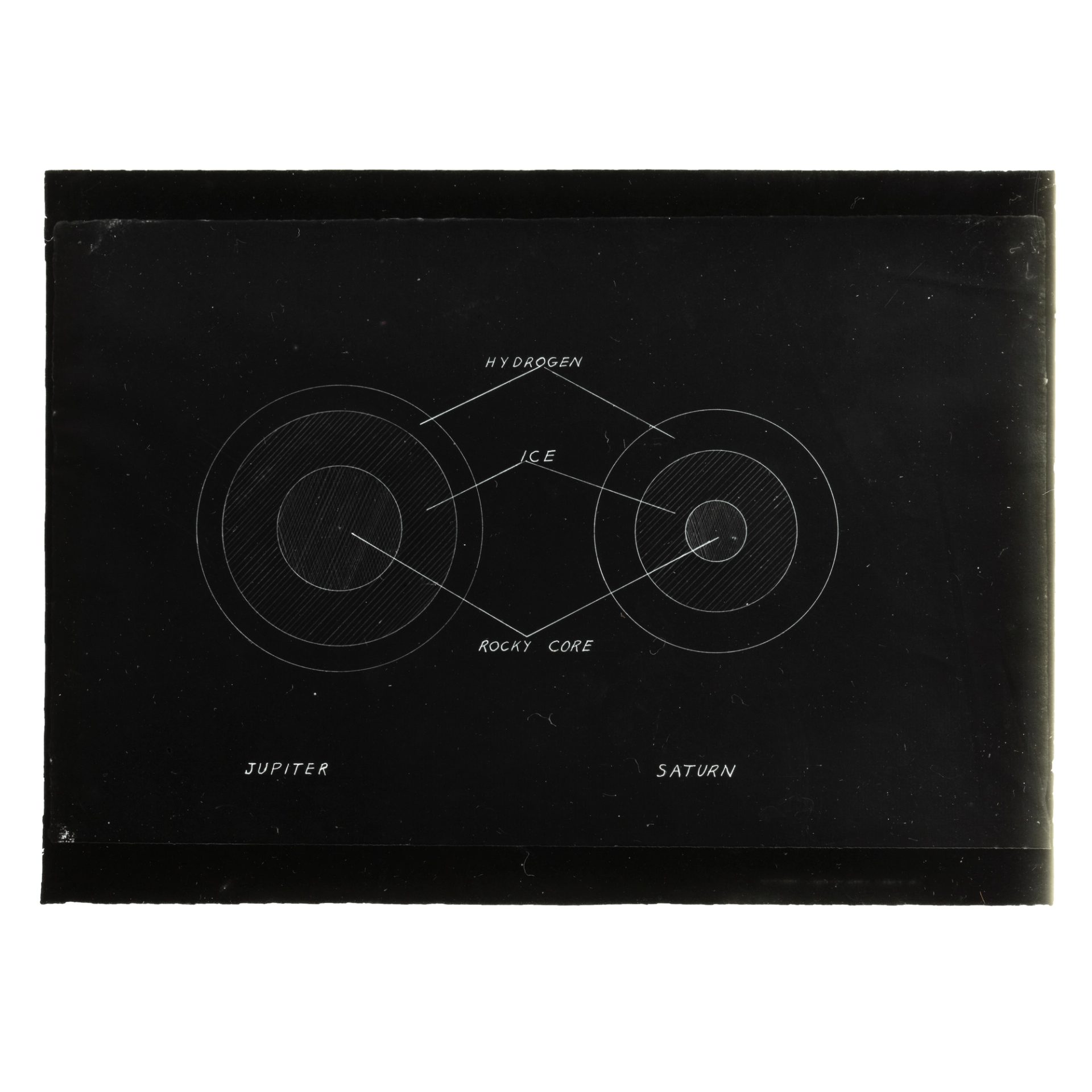
EVENING
Ringed Saturn is left as the only evening planet late in the month, as Mercury and Mars are lost.
Mercury starts the month low in the west, but above Mars, in Scorpius. On 13 November, Mercury passes Mars at a separation of under three moon-widths. Mercury fades into twilight at the end of the month.
Mars starts the month low in the west in Libra but after a few days moves to join Mercury in Scorpius. In the middle of the month, it moves into Ophiuchus, before fading into the twilight less than a week later.
Saturn is high in the north in Aquarius. On both 2 and 29 November, the Gibbous moon is below and to the left or west of Saturn.
MORNING
Venus is very low in the east, moving from Virgo to Libra just before the middle of the month. On 19 November, a very thin crescent Moon is above Venus. The planet fades into twilight at the end of the month.
Jupiter is in the north in Gemini. On 10 November, the gibbous Moon is below and to the left or west of Jupiter, while the next morning it is still below but to the right or east.
Constellations
Constellations are groups of stars that represent mythological figures, fanciful beasts or old scientific instruments. Some have been used for millennia as a tool to share significant cultural stories and to track the passage of the weeks and months. Today they also help astronomers mark out portions of the sky and locate astronomical objects. Those listed below have been selected for their visibility in the evening up to two hours after sunset as seen from the southern hemisphere.
Andromeda is one of the original 48 constellations as mapped by Ptolemy and sits below the winged horse of Pegasus, barely clearing our northern horizon. It is most famous for M31, the Andromeda galaxy, which is the most distant object visible to the naked eye at 2.5 million light years. It is now thought to be about the same mass but twice the diameter of the Milky Way and the two will collide in approximately 4–5 billion years.

Aquarius is one of the original 48 constellations as mapped by Ptolemy and sits between Capricornus and Pisces. Aquarius is best known for the Eta-Aquarids meteor shower that peaks in early May. Like the other constellations, Aquarius is steeped in mythology, seen as Ganymede, a shepherd boy in Greek myths and as a man pouring water from a jug by the Babylonians. It has two globular clusters and two planetary nebulae that can be seen with a moderate telescope but only from a dark location, NGC 7009, the Saturn Nebula, and NGC 7293, the Helix Nebula, both of which are dead stars. The Helix is the largest planetary nebula in the sky at about 650 light years.
Capricornus the Sea Goat is one of the original 48 as mapped by Ptolemy, is often associated with the Greek god of nature, Pan. He transformed his lower half into a fish to swim to safety during an attack on Jupiter by Typhon. Halfway through the transformation he played a loud note on his conch shell which distracted Typhon long enough for Jupiter to strike him down with thunderbolts. As a reward, Jupiter placed him in the sky as he was: half-goat, half-fish. It is a faint constellation and looks more like a partially collapsed triangle. It contains no easily seen deep sky objects other than the globular cluster M30, about 27,000 light years away. It is the smallest and second-faintest constellation of the zodiac.
Eridanus is one of Ptolemy’s original 48 constellations and represents a river, which begins near the constellation of Orion and ends at the brilliant blue-white star Achernar, the ninth brightest in the night sky, about 144 light years away. Achernar spins so quickly it is the least spherical star known in the Milky Way Galaxy.
Pegasus the winged horse is easy to find low in the north by looking for four bright stars that outline the ‘Great Square of Pegasus’. The Square is large: more than 15 degrees wide and 13 degrees high. In the past all four stars were part of the constellation, though delta Pegasi is now known as Alpha Andromedae.
Sagittarius the archer is located just behind the sting of Scorpius. In Greek mythology the archer is a centaur pointing his arrow towards the heart of Scorpius, though from the Southern Hemisphere this constellation looks more like a teapot. Sagittarius is home, as we see it, to the centre of our galaxy, the Milky Way with a monstrous black hole about four million times the mass of the Sun and 26,000 light years away. Called ‘Sagittarius A *’ (pronounced as Sagittarius-A-Star), images taken in 2017 and released in May 2022 from NASA’s Event Horizon Telescope (EHT) show matter swirling around it at close to the speed of light. The event horizon is about the same distance from the singularity as Mercury is from our Sun.
Deep sky
Andromeda Galaxy (M31) is the most distant object visible to the unaided eye at approximately 2.5 million light years away. Sturdy binoculars or a small telescope can reveal the dark dust lanes of the spiral arms, a bright core and from a dark location, one or both of its companion galaxies.
The Large and Small Magellanic Clouds (LMC/SMC) are the satellite galaxies of our own Milky Way. The Large Magellanic Cloud (LMC) is in the constellation of Dorado and is approximately 163,000 light years away. It consists of around 30 billion stars and hosts one of the largest nebulae detected, the Tarantula nebula. The Small Magellanic Cloud (SMC) is in Tucana and is approximately 200,000 light years away. It has around 3 billion stars. The LMC will merge with our galaxy in around 2.4 billion years.
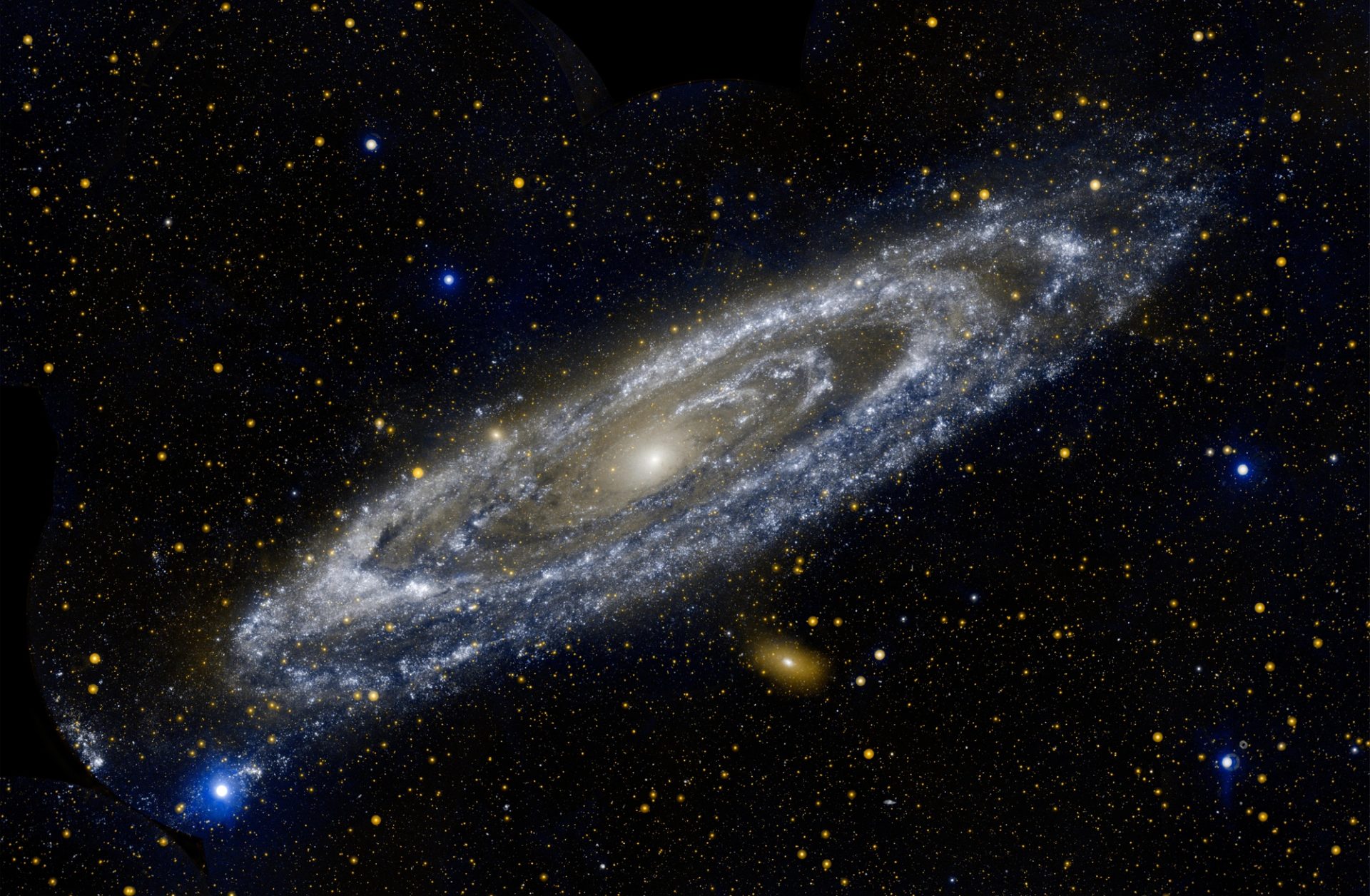
M8 The Lagoon Nebula in Sagittarius is a huge star- forming cloud that is just visible to the unaided eye from a dark location. It is about 5000 light years away and 130 light years across. M8 contains a hot young cluster of baby stars (NGC 6530) within, and their powerful UV light makes the cloud glow.
47 Tucanae (NGC 104) is a globular cluster second only to Omega Centauri. It sits beside but is unrelated to the SMC in the constellation Tucana. It can be easily seen away from city lights with the unaided eye due to its very dense star core. 47 Tucanae is approximately 15,000 light years from us.
The Tarantula Nebula (NGC 2070) is a large hydrogen gas cloud approximately 1000 light years in diameter and part of the LMC at about 160,000 light years. The name ‘Tarantula’ comes from the spider-like appearance of the nebula in telescopes and photographs. At the centre of the nebula is the open cluster R136, which contains approximately 500,000 stars, including some of the hottest and most massive supergiant stars known. In 1987 the first naked eye supernova (SN1987A) since the invention of the telescope occurred in this part of the sky.
Special Events

Supermoon, where the Moon has an oval, or elliptical, path varying in distance from Earth. At its closest to Earth, it is at perigee; at its farthest it is at apogee. When the full Moon is almost at perigee, it appears a little larger than usual. This has recently become known as a supermoon. Here, we define a supermoon as when the full Moon is within 24 hours of perigee.
There are two supermoons in 2025, one on 6 November and one on 5 December.
Thanks to a psychological effect called the Moon illusion, a moonrise during a full Moon appears larger near the horizon.
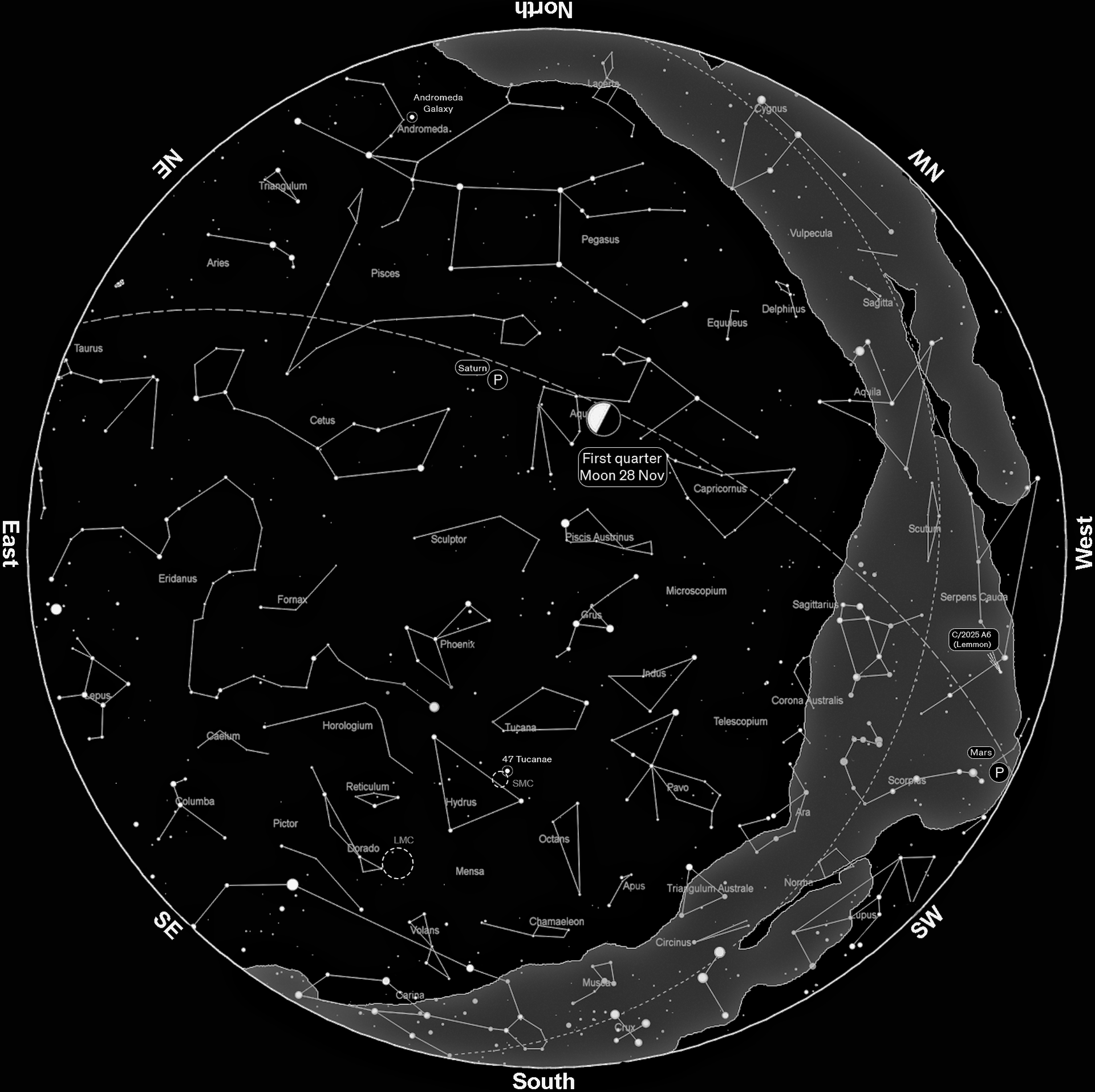
Shop

Sydney Observatory
Open for pre-booked tours, located on Gadigal land, a national place of connection and scientific research. The site is undergoing heritage conservation works.

















